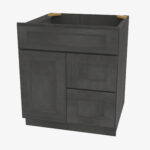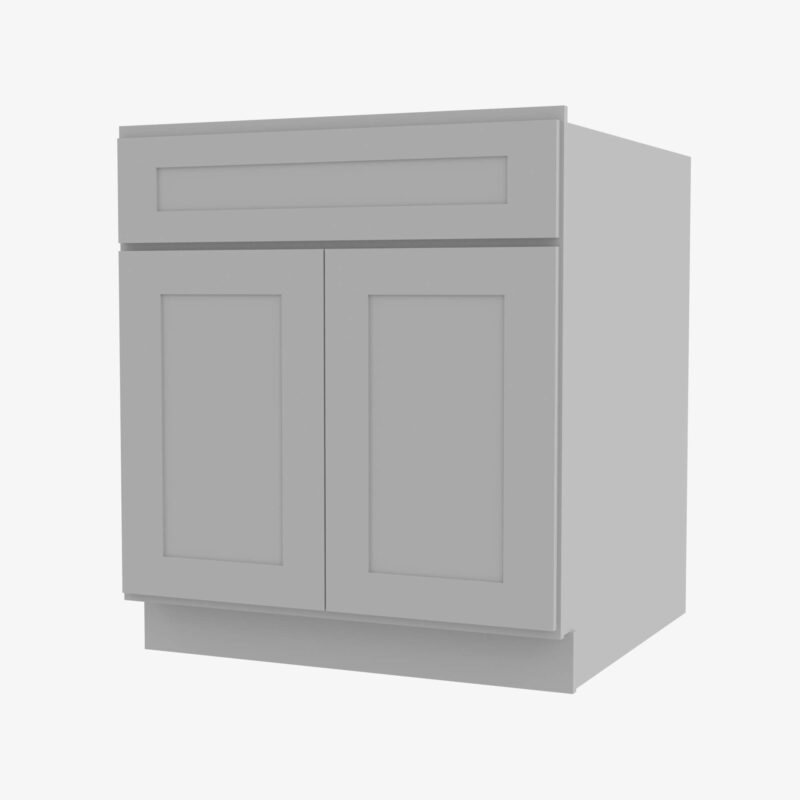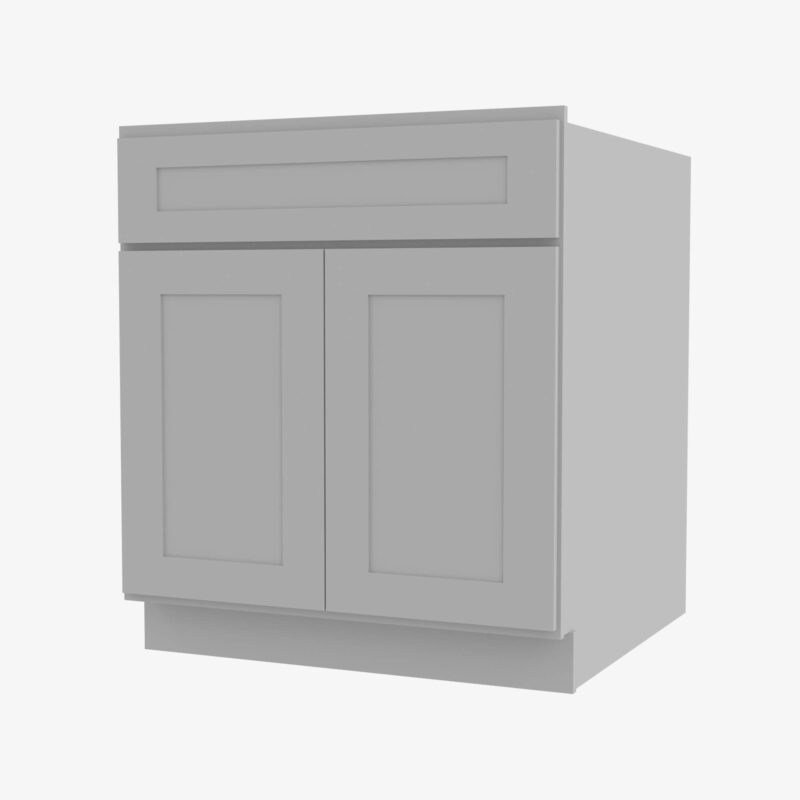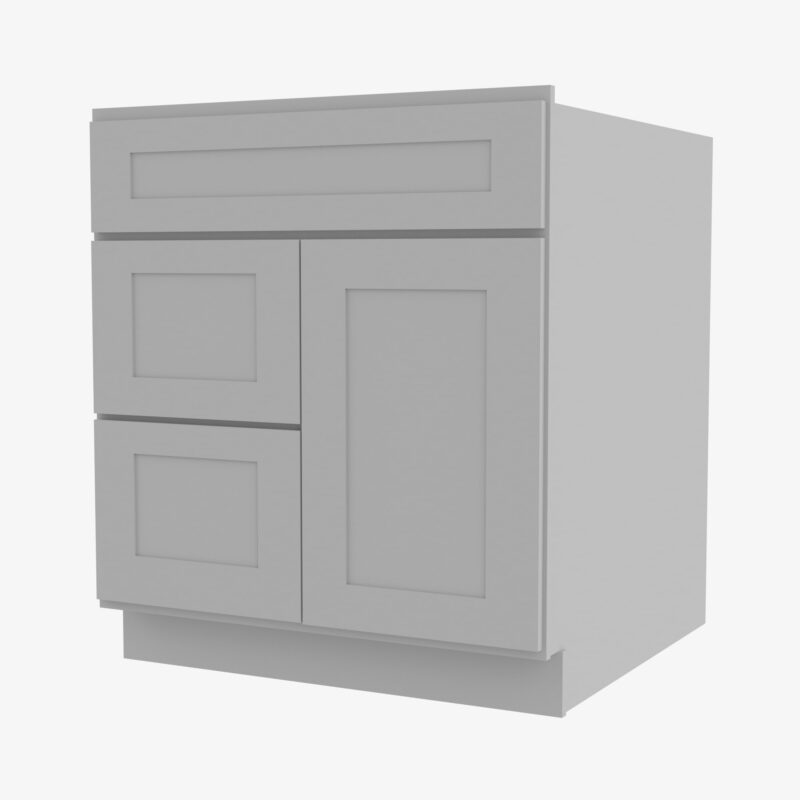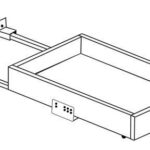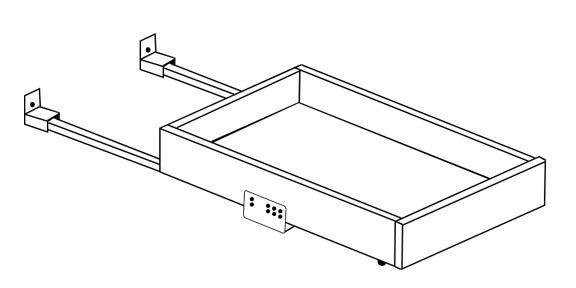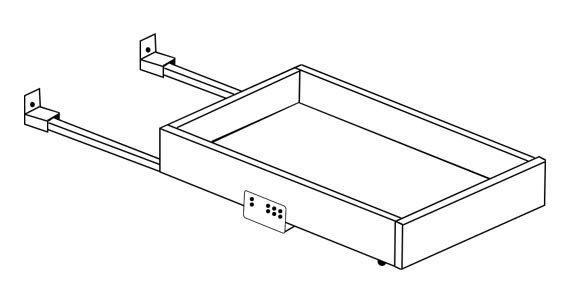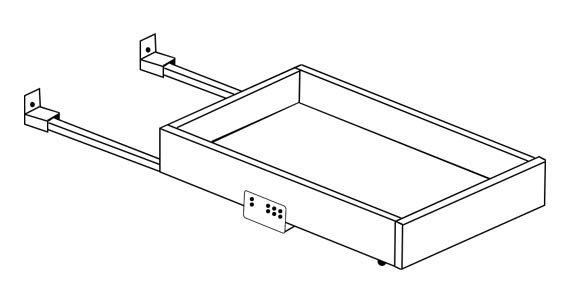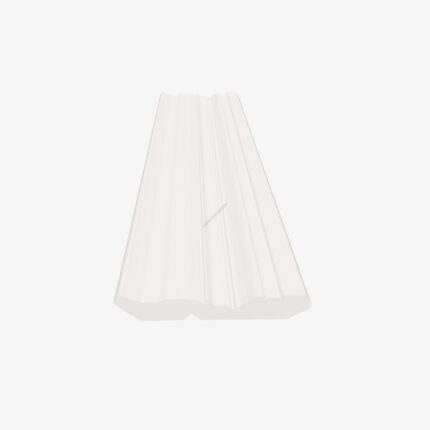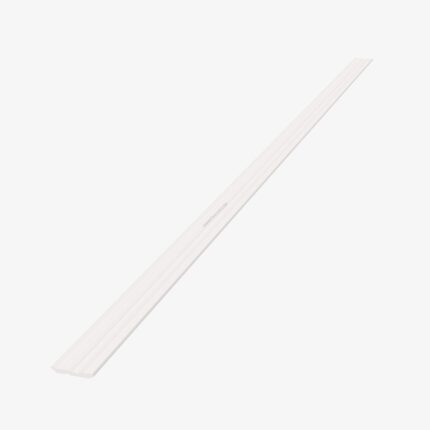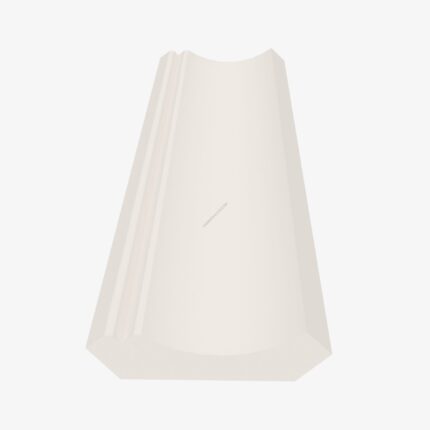Crown moldings are the finishing touch that can instantly elevate the look and feel of a room. These decorative strips of trim are installed where the walls meet the ceiling, adding an elegant transition that defines the space. While crown moldings may seem like an afterthought in many homes, they are, in fact, an essential part of interior design that combines style, sophistication, and functionality.
What Are Crown Moldings?
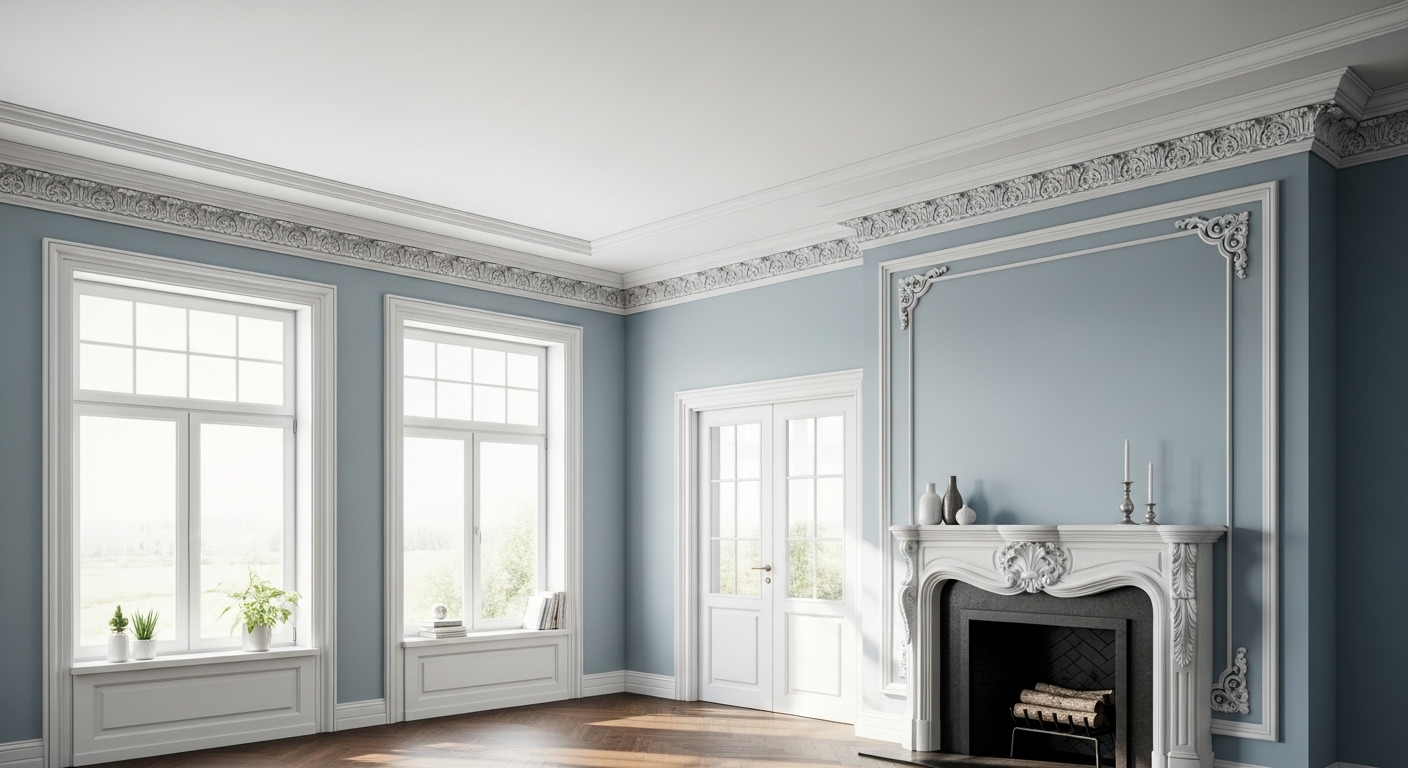
Crown moldings are ornamental trims used to accentuate the upper corners of a room, specifically where the walls meet the ceiling. They can vary in size, style, and material, ranging from subtle, simple profiles to intricate, elaborate designs. These moldings can be crafted from various materials, including wood, polyurethane, and plaster, each offering its own unique set of benefits.
While their primary function is aesthetic—enhancing the room’s visual appeal—they also serve a practical purpose by hiding gaps and imperfections between the wall and ceiling, offering a cleaner, more polished finish. Crown moldings add a sense of architectural completeness to a room, giving it a finished and well-coordinated look.
Why Choose Crown Moldings?
-
Enhanced Aesthetic Appeal
The addition of crown moldings can instantly elevate a room’s design, adding a layer of refinement and luxury. Whether you choose a traditional, ornate style or a more contemporary, minimalistic design, crown moldings frame the room beautifully, adding an architectural focal point that enhances the room’s overall aesthetic.
-
Visual Height and Space
One of the best tricks crown moldings can achieve is creating the illusion of height in a room. By drawing the eye upward, crown moldings can make a room feel taller and more spacious, making them an ideal choice for rooms with lower ceilings or smaller spaces.
-
Concealing Imperfections
Gaps between the walls and ceiling are common in many homes due to settling or imperfections during construction. Crown moldings not only add a finishing touch but also hide these unsightly gaps, providing a sleek, seamless transition between surfaces. This can make the room feel more cohesive and polished.
-
Protection for Walls and Ceilings
While crown moldings are primarily decorative, they also help protect the top edges of the walls and ceilings from wear and tear. Whether it’s from cleaning, moisture, or general use, crown moldings act as a barrier, preserving the integrity of these vulnerable areas over time.
Types of Crown Moldings
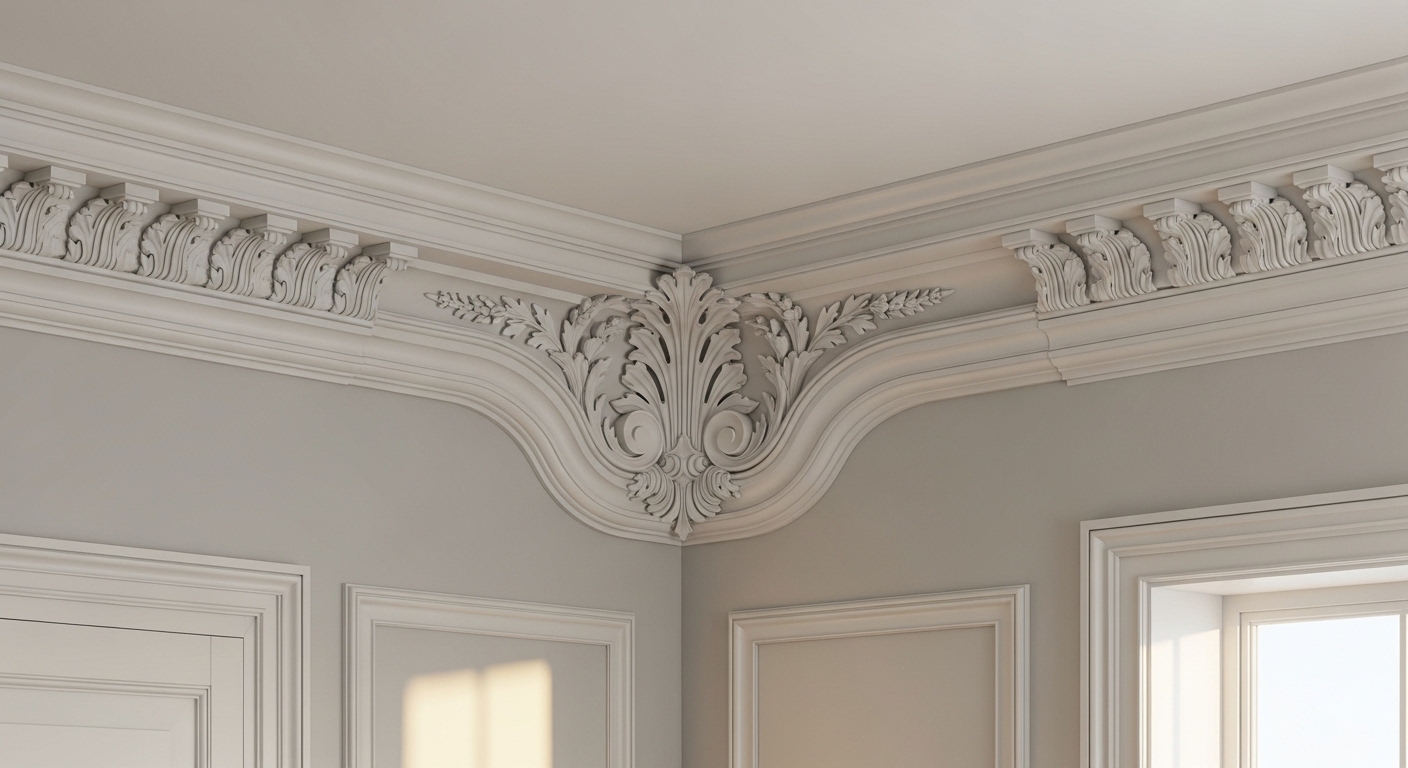
Crown moldings come in a variety of styles and profiles, allowing homeowners to choose the design that best suits their personal taste and home’s aesthetic. Some of the most popular types of crown moldings include:
-
Traditional Crown Molding
Traditional crown moldings feature intricate, detailed designs, often with curves, beads, and ornamental shapes. These are perfect for homes with classic or period-inspired interiors, such as Victorian, Colonial, or traditional farmhouse styles.
-
Modern Crown Molding
For a sleek, contemporary look, modern crown moldings have clean lines and simple profiles, often with sharp edges and minimal embellishments. These moldings complement minimalist interiors and modern architecture, offering a subtle touch of elegance without overpowering the space.
-
Cove Crown Molding
Cove crown moldings are characterized by their rounded, concave profile that creates a soft transition from the walls to the ceiling. This style is often seen in more casual or coastal-style homes, where the goal is to achieve a more relaxed, understated elegance.
-
Victorian Crown Molding
Victorian crown moldings are rich in detail, often featuring elaborate scrolls, flourishes, and ornamental patterns. These moldings are best suited for vintage, historic, or traditional homes that want to evoke the grandeur of the Victorian era.
-
Art Deco Crown Molding
Art Deco crown moldings embrace bold geometric shapes and symmetrical designs, often using contrasting materials like wood and metal. This style is perfect for modern, vintage-inspired homes looking to capture the opulence and glamour of the 1920s and 1930s.
Materials for Crown Moldings
The material you choose for your crown molding will impact both its appearance and durability. The most common materials used for crown moldings include:
-
Wood
Wood crown moldings are classic and timeless, offering a natural, warm finish that complements a wide range of decor styles. Whether you choose oak, maple, or cherry, wooden moldings can be stained or painted to suit your specific taste. They are highly durable and can be refinished or re-stained over time.
-
Polyurethane
Polyurethane is a lightweight and cost-effective material for crown moldings. These moldings are often pre-painted, reducing installation time. Polyurethane is moisture-resistant, making it ideal for kitchens, bathrooms, or other high-humidity areas. It’s also an excellent option for homeowners looking for a low-maintenance solution.
-
Plaster
For a more traditional, high-end look, plaster crown moldings offer intricate detailing and texture that add a sense of craftsmanship to a room. While they can be more expensive and difficult to install, plaster moldings offer unmatched beauty and are often found in historic or luxury homes.
-
MDF (Medium Density Fiberboard)
MDF crown moldings are affordable, smooth, and highly customizable. They are easy to install and paint, making them a popular choice for DIY projects. MDF is perfect for those who want the look of wood at a fraction of the cost.
-
Foam
Foam crown moldings are lightweight, easy to install, and affordable, making them a great option for homeowners on a budget. They can be painted to match the room’s color scheme and are ideal for non-load-bearing ceilings or spaces with lower ceilings.
Installing Crown Moldings: A Step-by-Step Guide
While installing crown moldings can be a DIY project for experienced homeowners, it requires careful planning and precise measurements. Here’s a simple guide to installing crown moldings:
-
Measure the Room
Start by measuring the length of the walls where the crown molding will be installed. Make sure to account for corners and angles, especially in rooms with irregular shapes.
-
Cut the Molding
Use a miter saw to cut the crown molding at 45-degree angles, especially for corners. For inside corners, use a coping saw to achieve a precise, tight fit.
-
Secure the Molding
Apply adhesive to the back of the crown molding and press it into place. For extra security, use finishing nails to attach the molding to the wall and ceiling.
-
Caulk and Paint
After securing the molding, fill in any gaps with caulk for a seamless look. Then, paint the molding to match your room’s decor or give it a fresh coat for a clean, bright appearance.
Final Thoughts: Crown Moldings as the Finishing Touch
Whether you’re building a new home, remodeling a space, or simply upgrading your existing design, crown moldings offer the perfect finishing touch to any room. With their ability to enhance aesthetics, hide imperfections, and create a sense of height, crown moldings are more than just decorative—they are an integral part of a beautifully designed space. Choose the right style, material, and installation technique to make your home feel polished and sophisticated, creating a space that’s as breathtaking as it is functional.
 Stackable Cabinet PW-W301524B Forevermark Petit White
Stackable Cabinet PW-W301524B Forevermark Petit White
 Wall Pantry AB-WP1590 Forevermark Lait Grey Shaker
Wall Pantry AB-WP1590 Forevermark Lait Grey Shaker
 Glass Door Kitchen Cabinet TW-WDC2430MGD Forevermark Uptown White Shaker
Glass Door Kitchen Cabinet TW-WDC2430MGD Forevermark Uptown White Shaker
